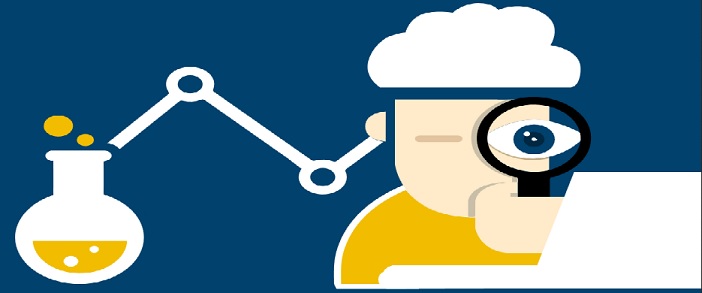Progress is offering over 50 enterprise-grade UI components from Progress® KendoReact™, a React UI library for business application development, for free.
The term "bug," meant to describe glitches in software, dates back to 1947 when engineers at Harvard found a moth stuck to computer components. The moth, found between relay contacts and causing the computer to malfunction, was famously recorded by Grace Murray Hopper in her log book as "first actual case of bug being found."
Today, 70 years later, software testing is an increasingly vital part of nearly every business in industries across the board because of the widespread adoption of digitization, automation, and emerging technologies. And so, software testing service providers, which work across a broad spectrum of industries in tech, find themselves with a unique window into the software of these businesses and their development cycles.

QualiTest recently compiled a data report analyzing software testers globally(link is external). The report details the Quality Assurance and Software Testing job market, one of the fastest growing job markets and a bellwether of tech employment due to QA's involved in nearly every conceivable industry.
The questions posed before compiling the data were the following:
■ How has the state of software testers evolved?
■ What are the global and gender differences within the software testing community?
■ What skills must software testers possess, and how do they compare to past requirements?
The report's highlights include:
■ Globally, the software testing community is split 66 percent male and 34 percent female.
■ The breakdown of specific countries brought interesting results. China, at 42 percent female testers, has the highest percentage of female testers. However, the US has the highest number of female testers. At 28 percent female testers, the UK has the lowest percentage.
■ The country with the highest concentration of software testers is Ireland, followed by the US, Canada, and Israel.
■ Looking at the size of companies that employ software testers, QualiTest found that more than a third of software testers work at companies with more than 10,000 employees, and more than half work at companies larger than 1,000 employees.
■ Two thirds of all software testers work in the high technology industry. Half of the high technology software testers work in information/technology services and another 30 percent work in computer software. The industries that follow are: manufacturing, government, finance, consumer goods, and corporate services.

Industry News
Opsera announced a new Leadership Dashboard capability within Opsera Unified Insights.
Cycloid announced the introduction of Components, a new management layer enabling a modular, structured approach to managing cloud resources within the Cycloid engineering platform.
ServiceNow unveiled the Yokohama platform release, including ServiceNow Studio which provides a unified workspace for rapid application development and governance.
Sonar announced the upcoming availability of SonarQube Advanced Security.
ScaleOut Software introduces generative AI and machine-learning (ML) powered enhancements to its ScaleOut Digital Twins™ cloud service and on-premises hosting platform with the release of Version 4.
Kurrent unveiled a developer-centric evolution of Kurrent Cloud that transforms how developers and dev teams build, deploy and scale event-native applications and services.
ArmorCode announced the launch of two new apps in the ServiceNow Store.
Parasoft(link is external) is accelerating the release of its C/C++test 2025.1 solution, following the just-published MISRA C:2025 coding standard.
GitHub is making GitHub Advanced Security (GHAS) more accessible for developers and teams of all sizes.
ArmorCode announced the enhanced ArmorCode Partner Program, highlighting its goal to achieve a 100 percent channel-first sales model.
Parasoft(link is external) is showcasing its latest product innovations at embedded world Exhibition, booth 4-318(link is external), including new GenAI integration with Microsoft Visual Studio Code (VS Code) to optimize test automation of safety-critical applications while reducing development time, cost, and risk.
JFrog announced general availability of its integration with NVIDIA NIM microservices, part of the NVIDIA AI Enterprise software platform.
CloudCasa by Catalogic announce an integration with SUSE® Rancher Prime via a new Rancher Prime Extension.
MacStadium(link is external) announced the extended availability of Orka(link is external) Cluster 3.2, establishing the market’s first enterprise-grade macOS virtualization solution available across multiple deployment options.














